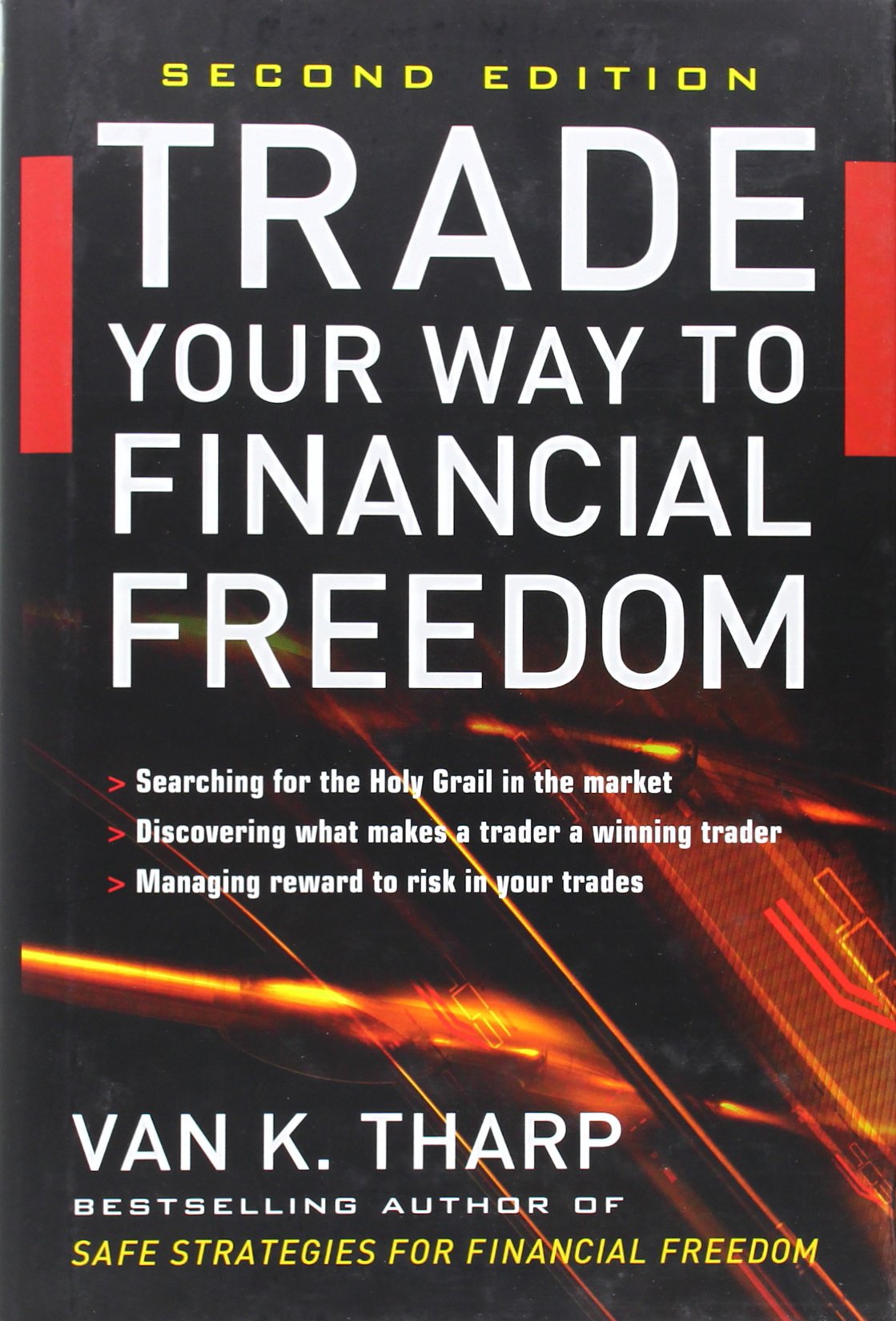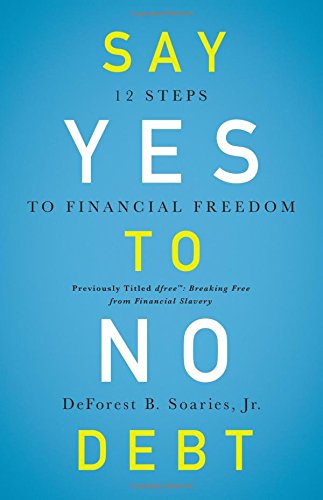Unlock Your Financial Freedom: Understanding Unsecured Loan Percentage for Better Borrowing Decisions
Guide or Summary:Understanding Unsecured Loan PercentageWhat is an Unsecured Loan?The Importance of Unsecured Loan PercentageFactors Influencing Unsecured L……
Guide or Summary:
- Understanding Unsecured Loan Percentage
- What is an Unsecured Loan?
- The Importance of Unsecured Loan Percentage
- Factors Influencing Unsecured Loan Percentage
- How to Get the Best Unsecured Loan Percentage
Understanding Unsecured Loan Percentage
When it comes to borrowing money, many individuals may find themselves in need of financial assistance without the ability or desire to secure a loan with collateral. This is where the concept of an unsecured loan percentage comes into play. Unsecured loans are a popular option for those looking to finance personal projects, consolidate debt, or cover unexpected expenses. However, understanding the implications of the unsecured loan percentage is crucial for making informed financial decisions.
What is an Unsecured Loan?
An unsecured loan is a type of loan that does not require the borrower to provide any asset as collateral. This means that lenders rely on the borrower's creditworthiness and ability to repay the loan rather than any physical asset. Common examples of unsecured loans include personal loans, credit cards, and student loans. Because there is no collateral involved, unsecured loans typically come with higher interest rates compared to secured loans, which can significantly affect the unsecured loan percentage.
The Importance of Unsecured Loan Percentage
The unsecured loan percentage is the interest rate that lenders charge on these types of loans. This percentage can vary widely based on several factors, including the borrower’s credit score, income level, and overall financial health. Understanding this percentage is vital for borrowers as it directly impacts the total cost of the loan over time. A lower unsecured loan percentage can save borrowers a significant amount of money, while a higher percentage can lead to overwhelming debt.
Factors Influencing Unsecured Loan Percentage
Several key factors influence the unsecured loan percentage that borrowers may encounter:

1. **Credit Score**: Lenders use credit scores to assess the risk of lending to an individual. A higher credit score typically results in a lower unsecured loan percentage, while a lower score may lead to higher rates.
2. **Income Level**: Borrowers with stable and higher income levels are often seen as less risky, which can lead to more favorable unsecured loan percentages.
3. **Debt-to-Income Ratio**: This ratio measures how much of a borrower’s income goes towards paying existing debt. Lenders prefer a lower ratio, which can positively influence the unsecured loan percentage.
4. **Market Conditions**: Economic factors and changes in interest rates can also affect the unsecured loan percentage. During times of economic uncertainty, lenders may raise rates to mitigate risk.

How to Get the Best Unsecured Loan Percentage
To secure the best possible unsecured loan percentage, borrowers should consider the following strategies:
- **Improve Your Credit Score**: Taking steps to boost your credit score can lead to lower interest rates. This can include paying down existing debts, making payments on time, and correcting any errors on your credit report.
- **Shop Around**: Different lenders offer varying rates, so it’s essential to compare multiple options. Online calculators can help you estimate monthly payments based on different unsecured loan percentages.
- **Consider Loan Terms**: Shorter loan terms typically come with lower unsecured loan percentages, but they also mean higher monthly payments. Finding a balance that works for your budget is key.

- **Negotiate**: Don’t hesitate to negotiate with lenders. If you have a good credit score and a solid financial history, you may be able to secure a better rate.
Navigating the world of unsecured loans can be daunting, but understanding the unsecured loan percentage is a critical step in making informed borrowing decisions. By familiarizing yourself with the factors that influence interest rates and taking proactive measures to secure the best possible terms, you can unlock your financial freedom and achieve your goals without the burden of excessive debt. Always remember to read the fine print and understand the total cost of your loan before signing on the dotted line.